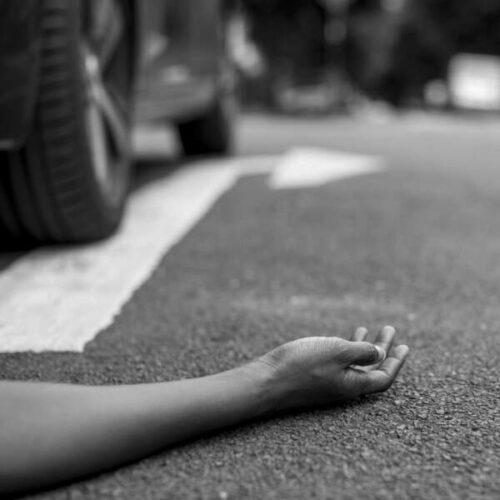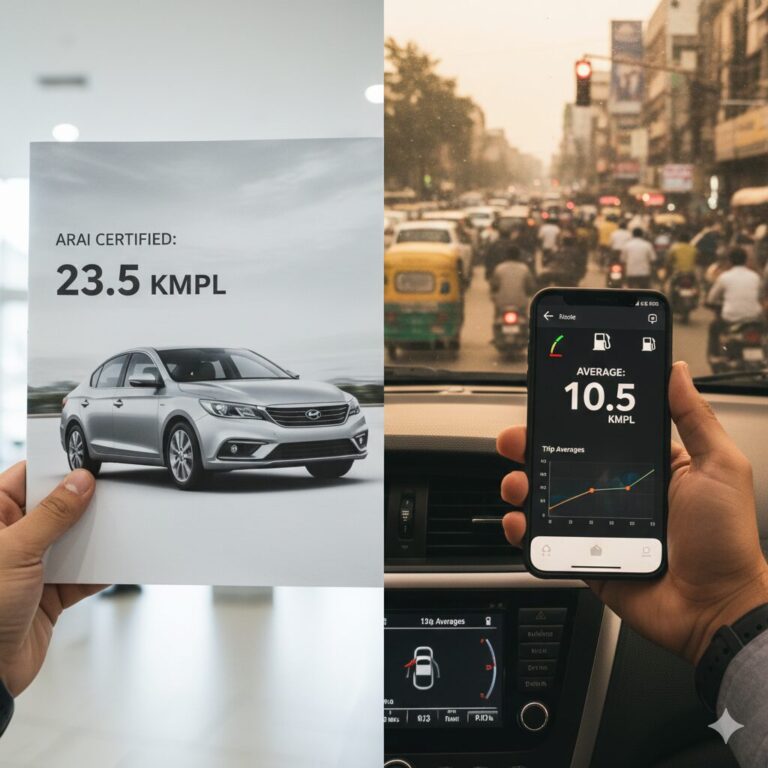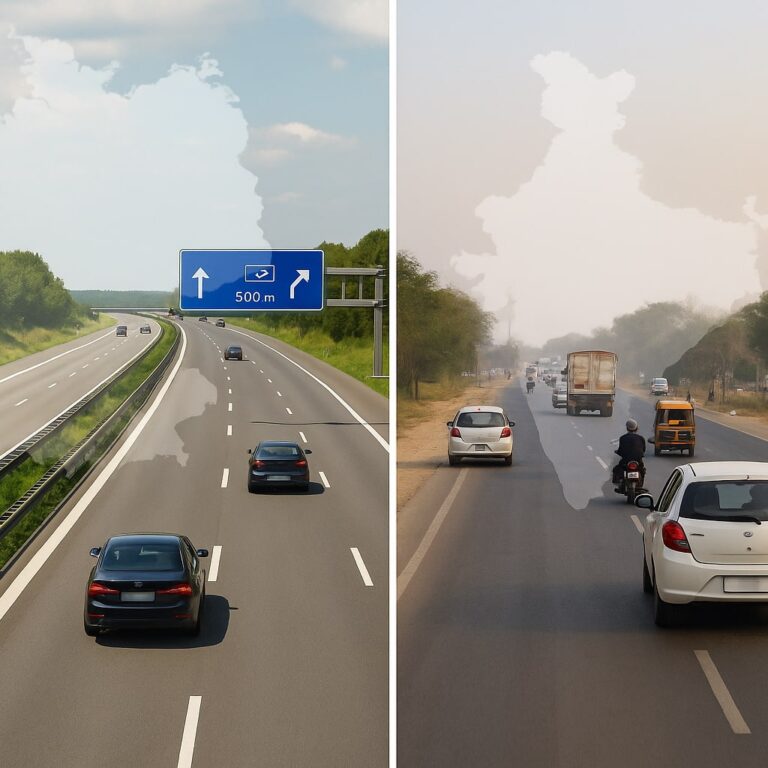Every three minutes in India, someone leaves for work and never comes home. Not because of war, illness, or disaster, but because of a road crash. That’s over 1.68 lakh deaths in 2022 alone, more than the population of cities like Shillong or Udaipur.
This isn’t about fate or bad luck. It’s the result of a broken system — one where the country is building the world’s fastest highways, but without building the systems to keep people safe on them.
Road Safety in India: A Crisis Hidden in Plain Sight
India has just 1% of the world’s vehicles but accounts for over 11% of global road deaths. That’s a rate 11 times worse than it should be — and it’s getting worse, not better.
According to the MoRTH 2022 report, the country saw:
- 4,61,312 road crashes
- 1,68,491 fatalities — the highest in over a decade
- 4,43,366 injuries
And yet, in the same year, only 35% of high-risk blackspots were permanently fixed. The rest remain unguarded, unsigned, and unmonitored. Modernization has outpaced safety — and the numbers prove it.
5 Fatal Patterns India Can No Longer Ignore
These patterns reveal why rural roads have become India’s deadliest traffic corridors:
- Overspeeding caused 71.2% of all road deaths, but outside major metros, enforcement is almost non-existent.
- Two-wheelers were involved in 44.5% of fatalities, especially in rural and Tier-2 cities where helmet use is low.
- 67% of fatal crashes occurred on straight roads, not curves — proving that risk hides in plain sight.
- 68% of fatalities happened on rural roads, where poor lighting, delayed ambulances, and lack of trauma care make every crash more deadly.
- Crash severity is rising: While total accidents have plateaued since 2018, the percentage that turn fatal is climbing.
And these are likely conservative estimates. The World Bank and WHO have flagged underreporting, misclassified deaths, and missing data from rural regions. In truth, India’s real road death toll is likely much higher.
Why Rural Roads See India’s Deadliest Traffic Accidents
Nearly 7 out of 10 road deaths occur on rural roads. This isn’t just a population bias — it’s a systemic failure:
- No trauma centers within the critical “golden hour” window
- Patchy lighting, poor signage, and hazardous intersections
- Ambulances delayed due to poor routing and lack of GPS tracking
As rural India motorizes — especially with a surge in two-wheelers — safety systems haven’t kept up. India is investing in roads, not in the people who travel on them.
The Infrastructure–Safety Mismatch
Since 2014, India’s national highways have grown over 60%, and high-speed corridors from just 93 km to more than 2,400 km. But those highways — just 2% of road length — account for 36% of road deaths.
In 2023–24, India allocated over ₹3 lakh crore for road building. Yet less than 5% went toward safety, enforcement, or trauma response. FASTag covers 98.5% of tolls, but digital enforcement for helmets, seatbelts, or pedestrian rights is rare.
This funding imbalance shows up most clearly in India’s approach to crash-prone zones. This isn’t just a policy gap — it’s a moral one.
Blackspots: The Safety Targets We Keep Missing
India has officially identified 13,795 high-risk traffic accident zones, or “blackspots.” As of December 2024, only 4,777 have been permanently rectified. The rest are patched with speed bumps or signboards — or not at all.
Worse, there’s no public dashboard tracking which blackspots are fixed, where, and by whom. This lack of transparency blocks citizen pressure and perpetuates inaction.
What India Is Doing — And Why It Isn’t Enough
- Motor Vehicles (Amendment) Act, 2019: Introduced higher fines and protections for Good Samaritans — but patchy implementation means uneven results.
- iRAD and e-DAR: Platforms to digitize crash data and claims — but not publicly accessible.
- Cashless Crash Care: Piloted in 5 states — no outcome data or expansion plan yet.
- Rear Seatbelt Mandates (2025): A welcome step — but overdue and not yet enforced.
These are valuable efforts. But they remain disconnected. India doesn’t need more policies. It needs a strategy.
5 Reforms That Could Save 50,000 Lives a Year
These highway safety measures could prevent thousands of traffic accidents annually:
- Make crash data public: Launch monthly district-level dashboards like Odisha’s pilot project.
- Tie funding to outcomes: Just as Swachh Bharat funds were tied to cleanliness metrics, road safety funds should be linked to fewer crashes.
- Make safety a leadership KPI: District magistrates, police, and RTOs must be accountable for blackspot rectification and crash trends.
- Fund rural trauma care: Not just roads. Create “golden hour” response networks across high-fatality corridors.
- Treat road safety as public health: Integrate with health budgets, district health plans, and NHA programs — not just transport departments.
What You Can Do — Starting Today
Ready to make a difference? Start by sharing this data with your local representatives, or join organizations working on road safety advocacy in your city. Small actions, when multiplied across millions of drivers, save lives.
- Slow down — especially on rural roads or straight highways
- Wear your helmet and seatbelt every time — even in the back seat
- Support crash reporting transparency in your city or state
- Share stories that highlight blackspots or unsafe roads
- Demand your local leaders prioritize road safety — not just road building
Conclusion: India’s Road Safety Crisis Isn’t Inevitable — It’s a Policy Choice
Every country that reduced road deaths did so by making safety a political priority, not a bureaucratic checkbox.
The data shows what works: coordinated trauma care, consistent enforcement, and transparent accountability. The question isn’t whether India can afford to implement these solutions — it’s whether we can afford not to.
Because behind every crash statistic is a family that didn’t get to say goodbye. And that’s a price too high for any highway.
India’s road safety crisis isn’t inevitable — it’s a choice. The question is whether we’ll choose to act before the next three minutes are up.












